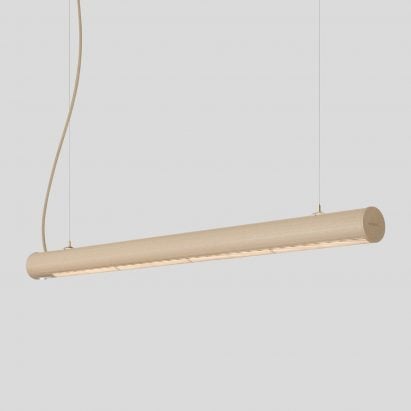
Snøhetta designs compostable hemp light Superdupertube
Norwegian studio Snøhetta has teamed up with lighting brand Ateljé Lyktan to create Superdupertube, an office lamp made from extruded hemp and sugarcane bioplastic. More

Norwegian studio Snøhetta has teamed up with lighting brand Ateljé Lyktan to create Superdupertube, an office lamp made from extruded hemp and sugarcane bioplastic. More

Swiss furniture brand Vitra will prioritise reducing the environmental impact of its existing lines through material innovation, CEO Nora Fehlbaum tells Dezeen in this interview. More
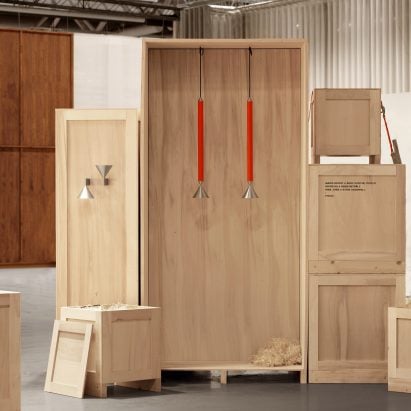
Is it possible to stage a trade fair without producing excessive waste? Dezeen editor-at-large Amy Frearson explores eight approaches that were all on show at this year's Stockholm Furniture Fair. More
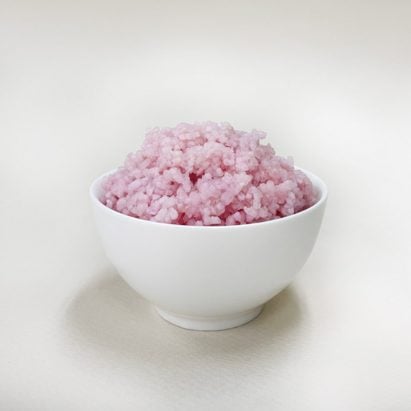
Scientists from South Korea's Yonsei University have invented what they believe to be a sustainable, high-protein food in the form of "beef rice", made by growing cow cells in grains of rice. More
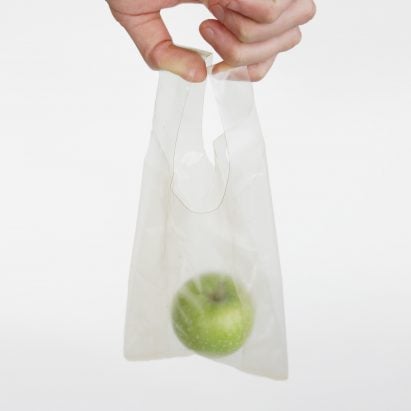
Biomaterials have the potential to significantly cut carbon emissions but designers should approach them with caution to avoid creating a whole new set of problems, warns Sioban Imms. More
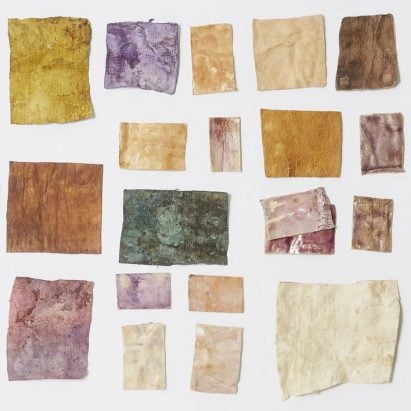
Two British materials companies, Sages and Osmose, have collaborated to dye sheets of mycelium with natural food waste, mimicking the appearance of tanned leather and suggesting a colourful future for the biomaterial. More

The world's first full-scale timber wind turbine has started turning in Sweden, with a tower built by wood technology company Modvion. More

Packaging designs aimed at boosting recycling rates and reducing the prevalence of single-use plastics are destined to fail unless they help to change people's behaviour, writes Matt Millington. More
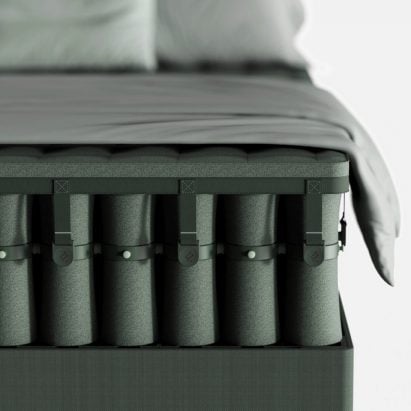
British design studio Layer has aimed to bring sustainability to mattress design in a collaboration with Chinese start-up Mazzu, creating a modular, foamless product made up of textile-covered springs. More
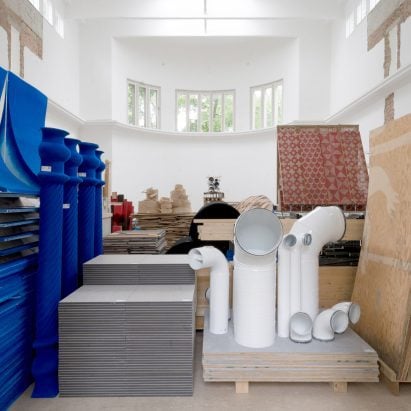
Climate fatalism stands in the way of a sustainable future but designers and architects are in an ideal position to overcome it, writes Katie Treggiden. More
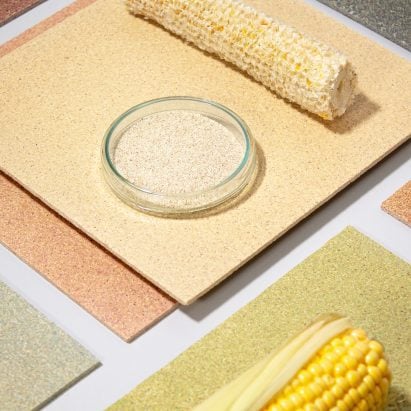
Materials companies Circular Matters and StoneCycling have used corn cobs – one of the world's most plentiful agricultural waste materials – to make interior cladding that is biodegradable and almost entirely bio-based. More

Industrial designer Mary Lempres has created a bio-cement structure developed to mimic naturally occurring oyster reefs that tackle coastal flooding, filter seawater and promote biodiversity. More
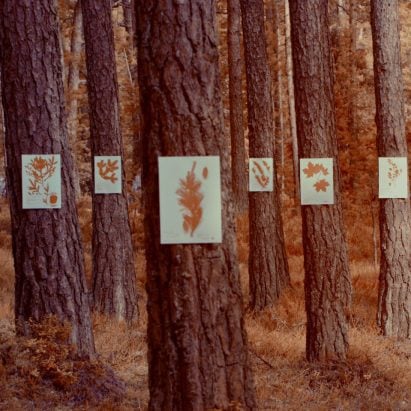
After an unsteady 2023, Dezeen's editorial director Max Fraser considers what 2024 might hold for design. More
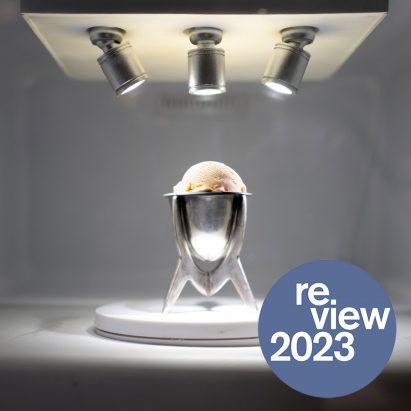
As part of our review of 2023, Dezeen's design and environment editor Jennifer Hahn has rounded up 10 of this year's most significant material innovations, including bricks made from toxic soil and a 3D printer for wool. More
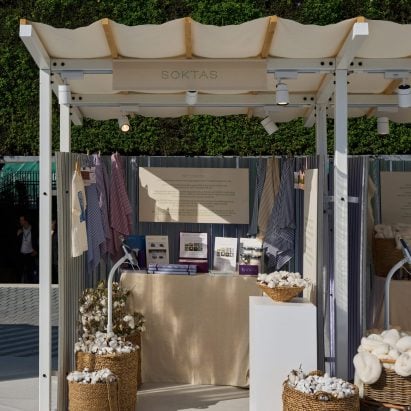
A grape-based leather alternative and sequins made from tree cellulose are among 15 material innovations on show as part of fashion house Stella McCartney's exhibition at the COP28 climate conference. More

MoMA curator Paola Antonelli believes humans will go extinct, quite possibly as a result of climate change, but is "very positive" about how designers can help to slow the decline, she tells Dezeen in this interview. More

Several architects and designers have made it onto the inaugural Time100 Climate list, which recognises "true changemakers" who are making "measurable, scalable" progress in fighting climate change. More
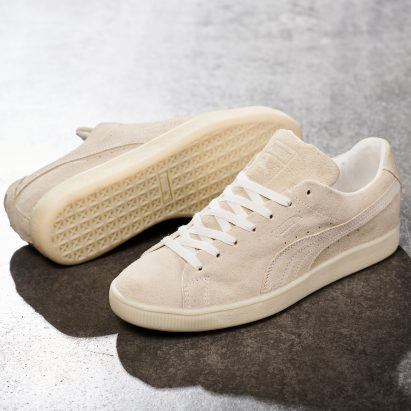
Sportswear brand Puma has said it is a step closer to launching a truly biodegradable shoe, following a trial in which a specially made version of its Suede sneakers decomposed under strict conditions. More

Dutch company Human Material Loop is using an unusual waste source to make a zero-carbon wool alternative that requires no land or water use: human hair. More
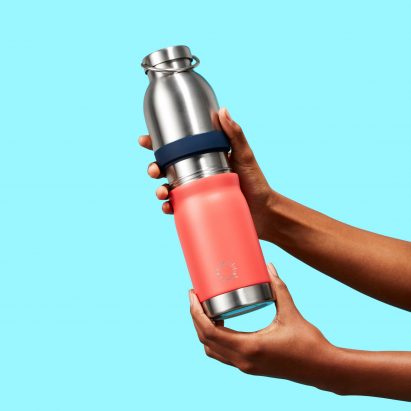
London studio Seymourpowell has combined an insulated water bottle and a cup with a lid into a single product, Bottlecup, so users only need to remember one item when leaving the house. More